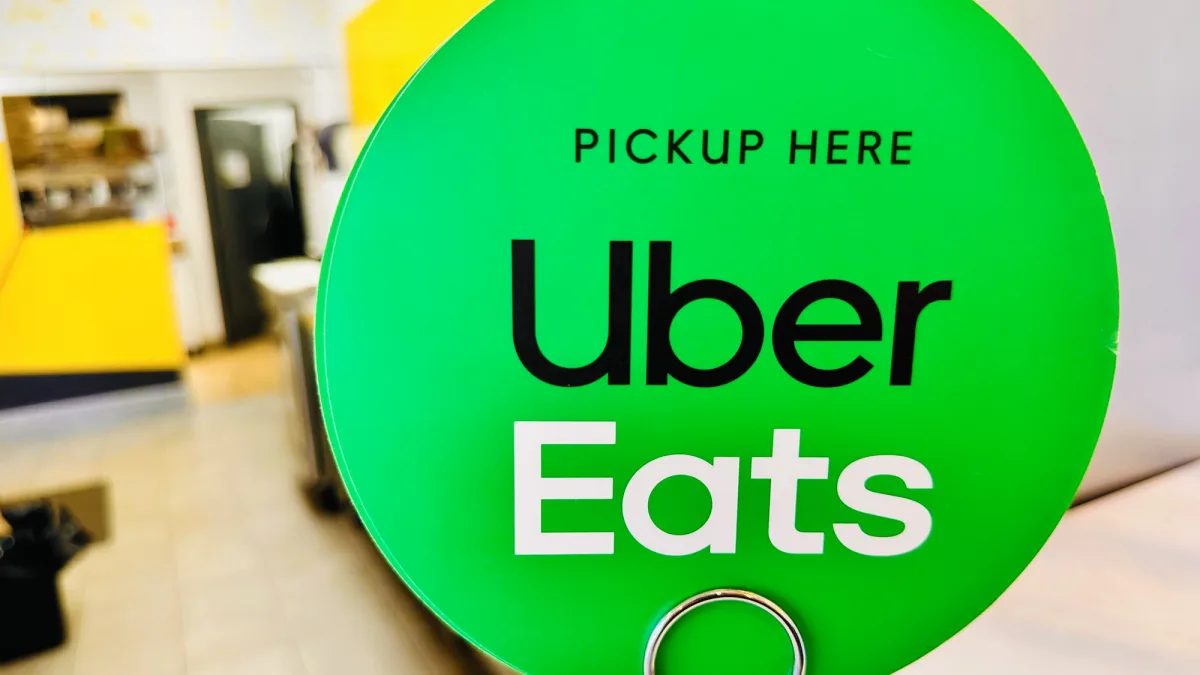Wire up the countryside with gigabit fibre, say digital evangelists, and rural decline will reverse itself. Remote workers will flee cramped cities. Entrepreneurs will set up shop in converted barns. Villages otherwise destined for abandonment will hum with digital energy.
Some countries have delivered the infrastructure. Estonia is one. Through the EstWin project, ultra-fast internet now sits within 1.5 kilometres of 98 per cent of households. By 2024, 93.4 per cent of rural Estonian households had internet access—slightly more than the 92.7 per cent urban rate.
And yet villages are still emptying. Connectivity alone can’t, it appears, overcome the economics of place.
Falling further behind
According to the Organisation for Economic Co-operation and Development (OECD; a club of most rich countries), median broadband speeds across its members tripled between 2019 and 2024—from 53 megabits (Mbps) per second to 178. This is wonderful news, except that the gap between cities and remote areas also grew, from 22 Mbps to 58 Mbps. In 2024, city dwellers enjoyed speeds 44 per cent faster than people far from urban centres. It’s the same story for mobile connections: urban users experienced speeds 37 per cent quicker. The countryside isn’t catching up. It’s falling further behind.
On paper at least, the EU’s 2030 connectivity targets are impressive: gigabit connectivity for everyone, 5G everywhere. But reaching the last 20 per cent of households costs vastly more than connecting the first 80 per cent. Poland’s urban-rural speed gap is 63 Mbps. Britain’s 58 Mbps.
The Covid-19 pandemic initially appeared to prove the digital optimists right. Remote work exploded. Research covering 30 European countries captured what looked like a revolution. It wasn’t.
By 2023, occasional remote work—defined as less than half the time at home—had become common. But look at who’s doing it and where. Remote work stayed overwhelmingly urban. Cities hogged it because they’d already cornered the industries and jobs that can be carried out via video call. Between 2019 and 2021, the share of city-based remote workers tripled. In rural areas it doubled, a stat which sounds good until you realise cities started from a much higher base.
Ultimately, more than 85 per cent of the urban-rural gap in remote work comes down not to connectivity (or a lack of it) but to education, occupation, and industry. The very things cities already monopolise.
The great rural exodus everyone predicted simply didn’t happen. A study on teleworking intentions found workers with remote options were roughly 20 per cent more likely to consider moving countryside. But the researchers’ conclusion was blunt: “a rural revival, at least in demographic and socioeconomic terms, is highly unlikely.” Some people did indeed flee cities during lockdowns. Most, however, came back.
Data from Spain offers insight as to why. Digital connectivity matters for keeping rural populations stable, a recent study confirms. But physical distance to cities matters more. Broadband slows depopulation, but it doesn’t reverse the pull of cities. That distinction isn’t semantic—it’s everything.
Why cities win
Economics older than the internet explains this. Agglomeration effects—the productivity gains from cramming people and firms together—refuse to disappear. Put related businesses near each other and costs fall. Suppliers compete. Workers specialise. Knowledge spills from one office to the next. Random encounters at lunch spark ideas. These advantages compound as places grow.
European regional data reveals what might at first appear to be a contradiction: high-speed broadband significantly boosts rural GDP, but does nothing for cities, which already benefit from being cities. A 10 per cent jump in rural broadband coverage correlates with measurable growth. All well and good, until we also take note of the fact that such growth can’t close the rural-urban divide. Connectivity helps villages catch up but can’t help them overtake the advantages of density.
Indeed, China’s experience shows how digital development can actually widen disparities. Research tracking 202 Chinese cities from 2011 to 2019 found the digital economy lifted both urban and rural incomes—but urban incomes rose faster, widening the gap. The mechanisms? Employment in information services and digital finance use. Both concentrate in cities.
Africa’s steeper hill
If European villages struggle despite generous subsidies and decent infrastructure, the developing world faces even more stubborn obstacles. In Africa, mobile broadband users more than tripled from 114 million to nearly 400 million between 2012 and 2022. While this is impressive growth, the continent still suffers from the world’s worst connectivity gap. Only 38 per cent of Africans use the internet, well short of the 68 per cent global average.
The rural-urban split in Africa is brutal. In Sub-Saharan Africa, the gap widened from 49 per cent before the pandemic to 54 per cent in 2023, erasing earlier progress. Cities raced ahead. Rural areas fell further back. A quarter of rural Africans can’t connect at all because coverage simply doesn’t exist. Landlocked developing countries on the continent see mobile internet adoption of just 22 per cent. Central Asia’s equivalent figure is a healthier 57 per cent.
In Sub-Saharan Africa, an entry-level smartphone costs 99 per cent of average monthly income for the poorest people. Electricity and transport infrastructure barely exist in many places, making network deployment eye-wateringly expensive. Research on infrastructure sharing identifies technical limits, policy constraints, regulatory uncertainty, and inadequate supporting infrastructure as persistent blocks. Network sharing models can improve financial returns by up to 90 per cent. Implementation remains rare.
Studies examining the internet’s economic impact in developing countries get wildly different results depending on context. Some places see big benefits. Others see little. Tellingly, the clearest impacts show up in populated rural areas next to cities—where agglomeration effects can extend, not where they’re absent. It’s the same story as elsewhere: connectivity seems to amplify existing advantages rather than create new ones from scratch.
Necessary but not sufficient
This doesn’t mean governments should stop building rural broadband. Far from it. Digital infrastructure has become essential just to keep rural communities viable. Telemedicine, online education, e-government, e-commerce—these provide real benefits. High-quality connectivity does boost rural productivity, innovation, and opportunity. Without it, decline accelerates.
Nevertheless, connectivity alone won’t substitute for being near other people and firms. Analysis of 153 studies on internet access and economic development reaches a careful conclusion: yes, positive effects in many settings. But effects vary wildly with context. Broadband’s impact on rural GDP operates through different mechanisms than in cities, where labour markets pool talent and firms trade knowledge face-to-face.
Estonia deserves credit. It built world-class digital infrastructure. Rural access matches urban rates. But rural Estonia keeps losing people. The country ranks seventh in Europe for remote work friendliness. Demographics haven’t reversed. The problem isn’t bad connectivity—it’s that fibre-optic cables can’t replicate Tallinn’s economic density.
For governments looking to develop coherent policy, it is clear that they should continue investing in rural broadband. It’s a prerequisite for any modern economic activity. But such investment must not be mistaken for a holistic rural development strategy. Connectivity creates possibilities for rural economies to diversify and stay productive. What it doesn’t do is guarantee they’ll thrive.
Talk about rural digital transformation often assumes technology can beat geography. The evidence, however, increasingly says otherwise. Broadband slows rural decline. It improves life for people who stay. It enables niche businesses. It cannot, however, overcome the economics favouring cities. Villages can have gigabit speeds and still struggle.
The tragedy isn’t that connectivity fails to save dying villages. It’s that anyone thought it would. Technology enables things. It doesn’t reverse centuries of economic logic on its own. The world’s rural areas need connectivity, certainly. They also need honest talk about what fibre-optic cables can and can’t do. Wiring the last mile is easier than revitalising it.
Photo: Dreamstime.







